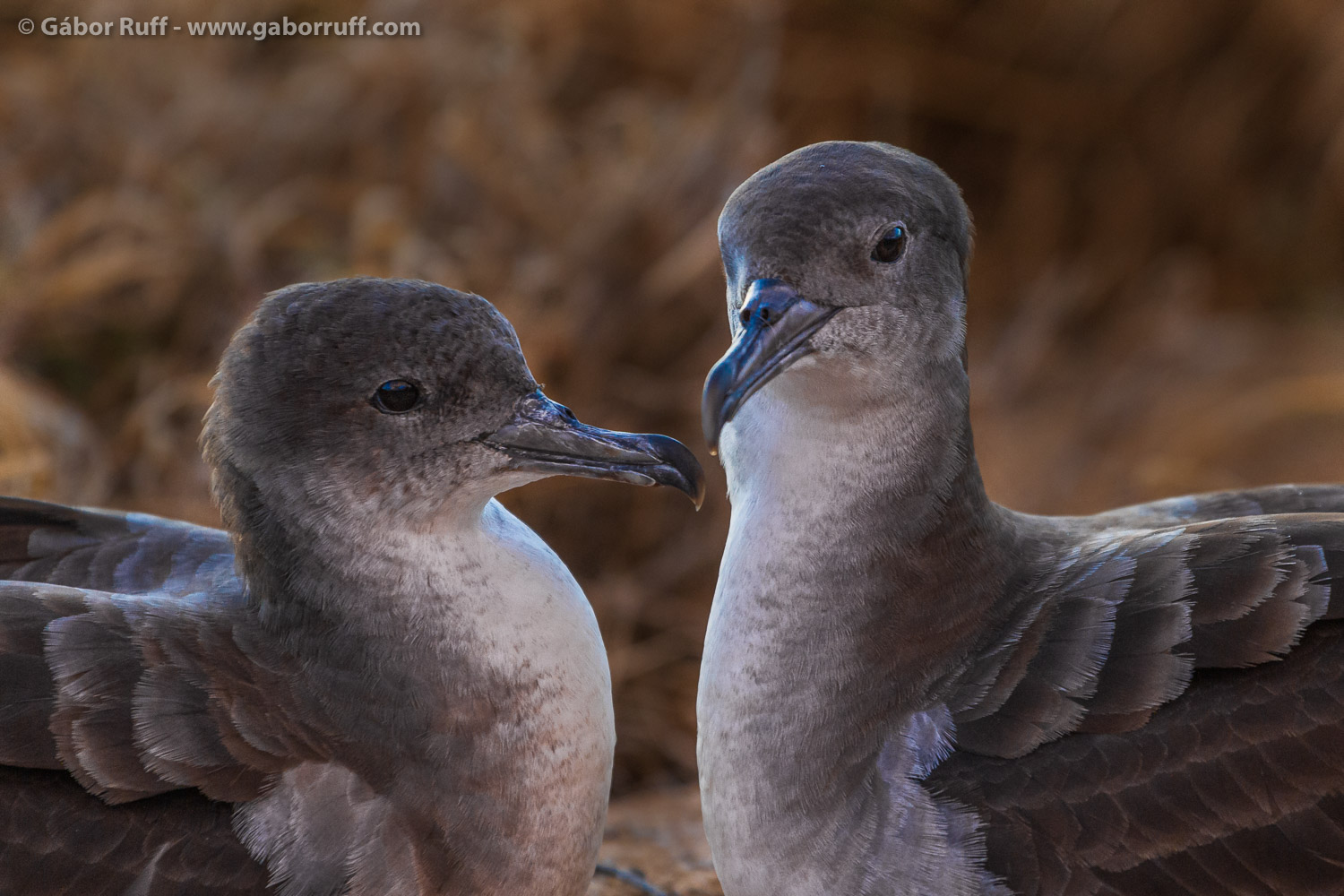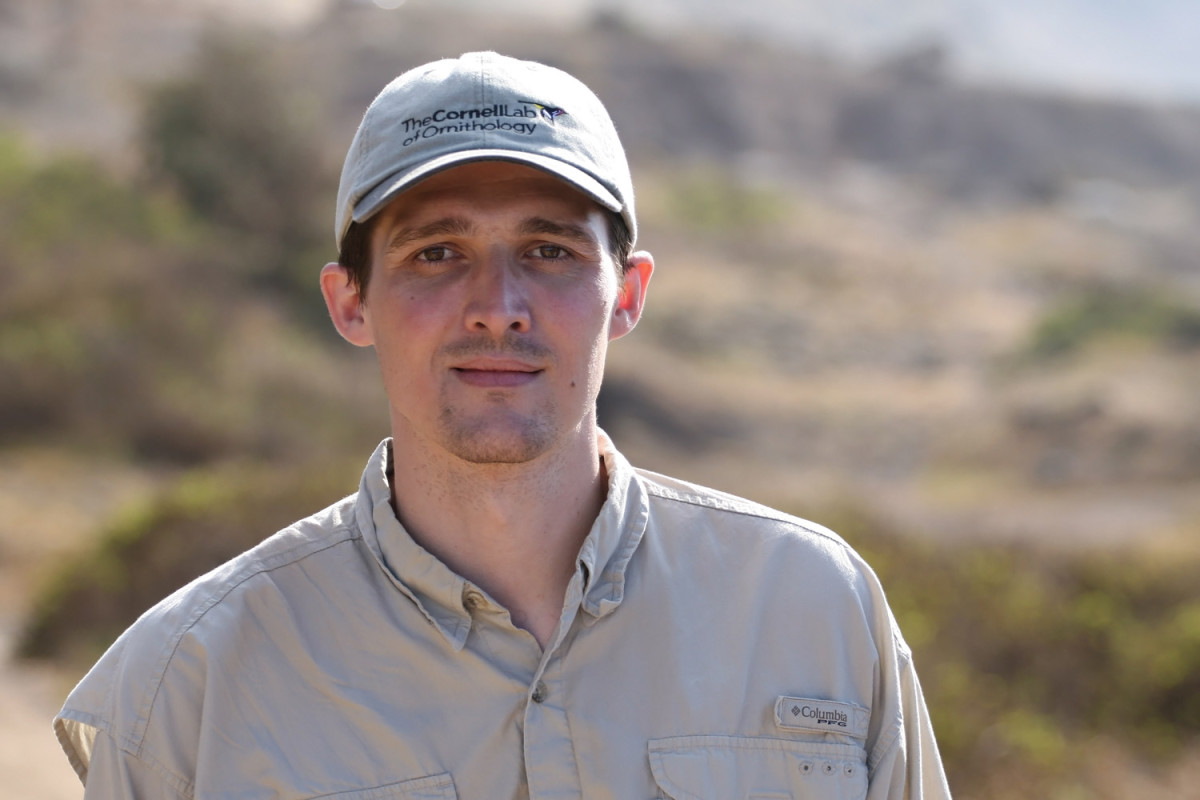Last week I visited the Kaena Point Natural Area Reserve on Oahu again and I saw that the Laysan albatross chicks are growing well. I took some photographs of them, but an other bird caught my attention and I rather started to focus on it. It was the Wedge-tailed Shearwater (Puffinus pacificus). This bird is widespread in the tropical Pacific and Indian Oceans and is the most abundant seabird in the Hawaiian Islands, however, I’ve never made efforts to photograph them before. They breed in large colonies on almost every islands in the archipelago. Adults arrive in March and depart in October or November. Shearwaters are monogamous birds and nest in burrows. They produce a moaning sound to reinforce the pair bond and warn intrusive birds away from their burrows. Their Hawaiian name uau kani means moaning petrel that refers to their unique sound. As many other Hawaiian birds that evolved without predators, shearwaters are very tame. It helped me to take some close portait shots of them, however it also causes many troubles to these birds. The introduced predators such as dogs, cats, rats, and mongooses kill lots of shearwaters every year in Hawaii, because these creatures have not adapted to being hunted. Fortunately, Kaena Point is a safe place to shearwaters, thanks to the predator proof fence that was built in 2010. Since then, both the albatross and the shearwater colony have started growing rapidly.
Gear: Canon EOS 7D, Canon 70-200mm F/4 lens + Canon 1.4x extender, Manfrotto tripod


